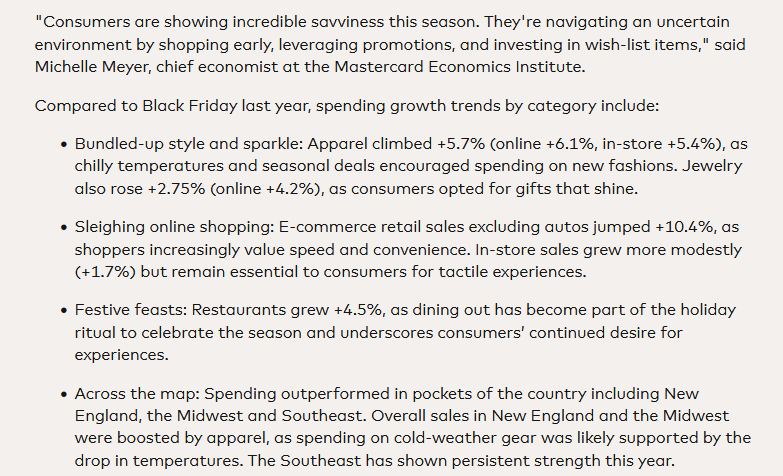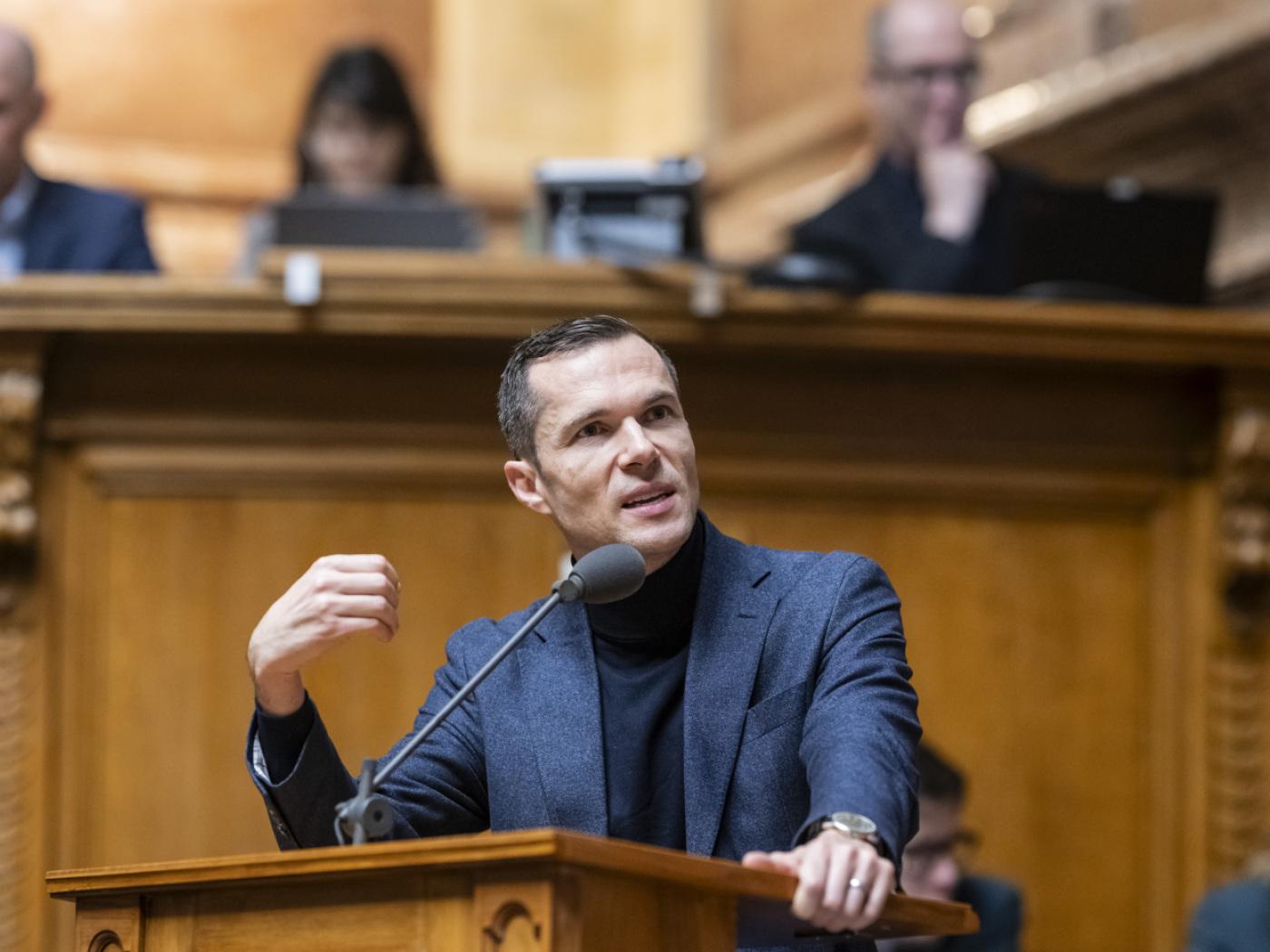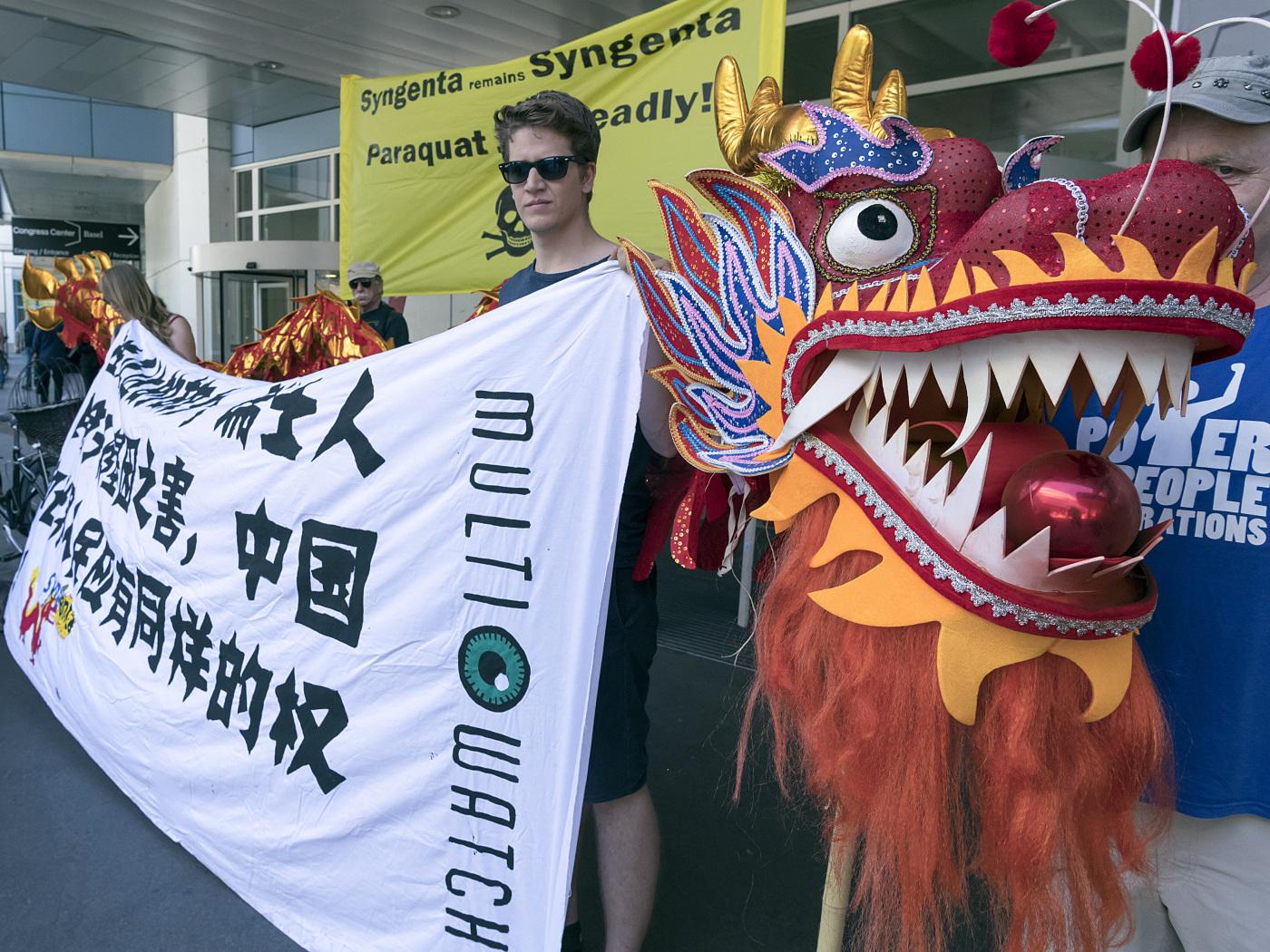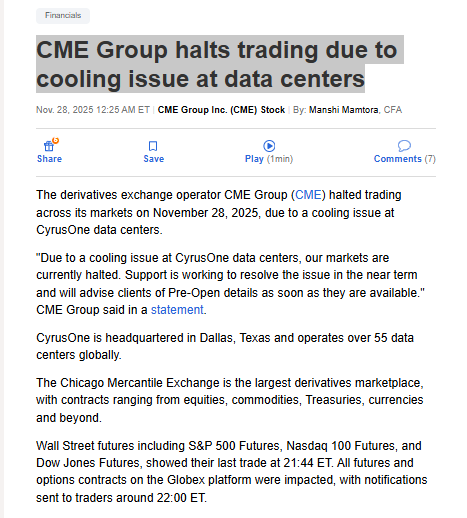 The Western ruling elite has become oligarchic in nature; its political and economic influence is disproportionate and even harmful to society. It is necessary, therefore, to review its historical evolution and expose its current goals.
The Western ruling elite has become oligarchic in nature; its political and economic influence is disproportionate and even harmful to society. It is necessary, therefore, to review its historical evolution and expose its current goals.
Firstly, it must be recognized that it is natural and necessary for society to have an elite. Murray Rothbard wrote about the ideal of “natural aristocrats” who “live in freedom and harmony with their fellows, and rise by exercising their individuality and their highest abilities in the service of their fellows, either in an organization or by producing efficiently for the consumers.”
A free society needs such “natural aristocrats” because they are its main drivers and inspirations. Major entrepreneurial initiatives are generally taken by those who are farsighted and motivated, willing to make more sacrifices and take more risks than the average person. The whole of society indirectly benefits from the initiatives of these people.
The problem, therefore, is not the existence of an elite per se, but the fact that it is no longer composed primarily of “natural aristocrats.” Today it is composed of what Rothbard called “artificial aristocrats”—“those who govern by means of coercion”; that is, with the help of the state. The “Machiavellian” thinkers were the first to describe this oligarchic elite in a systematic way; they referred to the “organized and ruling minority,” as opposed to the disorganized and controlled majority.
As Gaetano Mosca wrote in his work The Ruling Class, “Political power never has been, and never will be, founded upon the explicit consent of majorities. It always has been, and it always will be, exercised by organized minorities, which have had, and will have, the means, varying as the times vary, to impose their supremacy on the multitudes.”
Indeed, when it becomes oligarchic, the ruling minority uses coercion to influence political decisions and even social values, in its own economic and ideological interests. However, it is not all-powerful and omniscient; its power is never fully acquired, and it does not always exercise its influence very skillfully.
As elsewhere, Western societies have always had “organized minorities,” but these have evolved over time. The political power of this elite has constantly increased, together with the expansion of the state and the crony capitalism that it facilitates. To quote Mosca again, “To the extent that the state absorbs and distributes a greater part of public wealth, leaders of the ruling class have more means of arbitrary influence over their subordinates and more easily escape anyone’s control.”
It must not be assumed that the introduction of “democracy” has reduced the influence of this ruling minority on society, for this political system has inexorably been accompanied by a considerable development of state power. Indeed, even in a “liberal democracy,” the disorganized and generally uninformed majority has virtually no influence over, for instance, the foreign and monetary policies of their governments.
Three Phases of Development
It is possible to identify three phases in the evolution of the ruling minority. During the nineteenth century, this minority was quite close to the ideal natural elite described above. In the absence of strong states and supranational institutions, the ruling minorities (in plural), were thus initially more national than international in outlook, sought economic rather than political power, and were more industrially than financially oriented. In France, the Count de Saint-Simon wrote about the “industrialists,” whom he described in an open letter to King Louis XVIII as “the natural and permanent leaders of the people.”
These minorities naturally always thought of their own interests first (although they were also philanthropists). Nevertheless, the investments of these ruling minorities contributed greatly to the increase in prosperity enjoyed in the West during the “long” nineteenth century.
Their relationship with the rest of society was thus rather symbiotic, despite real tensions related to the social conditions of early industrialization. For example, until World War I, these ruling minorities were committed to deflation and free trade and maintained a certain level of monetary control via the gold standard.
The modern ruling minority then consolidated, with the development of financial capitalism in the late nineteenth century, around the growing and increasingly political power of “international bankers” and their extended families. The historian Carroll Quigley described them, the Rothschilds, the Morgans, the Rockefellers, and the others, thus:
These banking families remained different from ordinary bankers in distinctive ways: they were cosmopolitan and international; they were close to governments and were particularly concerned with questions of government debts; . . . they were almost equally devoted to secrecy and the secret use of financial influence in political life.
In this second phase, the Western ruling minority emerges, international, politicized, and mainly financially oriented. This description of the core of the Western ruling minority is still the same today, despite major changes in the financial system over the last half century. Around this nucleus, of course, need to be counted political leaders and senior civil servants, as well as publishers and editors of mainstream media and the leaders of many Western multinational companies.
As mentioned, this politicization of the ruling minority is closely linked to the rapid expansion of the role of the state in society from the end of the nineteenth century, which first increased its control over production (state control over key industries), then over money (giving up the gold standard), then over consumption (introduction of price controls). As Albert Jay Nock wrote, “It is easier to seize wealth (from the producers) than to produce it; and as long as the State makes the seizure of wealth a matter of legalized privilege, so long will the squabble for that privilege go on.”
Phase 3: Messianic and Nefarious Globalism
With the Second World War and the rise of Keynesianism, monetary inflation—this artificial scourge upon the majority—became an important tool for the enrichment of the large banking institutions. With the financialization of the Western economies in the 1970s, the interests of the ruling minority began to clearly diverge from the interests of the “real” production-based economy in which the majority participates. The Western oligarchic elite then entered its third phase.
In recent decades, this Western ruling minority has become much more ambitious and aggressive than it once was. It is now fully imbued with an ideological mission, even a messianic one, to change the world. Return on investment and control of resources are no longer the only or even the most important objectives; the current ruling minority has a technocratic desire to shape societies, to control and direct their evolution. Indeed, its purpose today can be summed up in one word: control. It’s about controlling everything: people, finance, food, energy, health, and even nature.
This means weakening the nation-states by accelerating the transfer of national sovereignty to supranational authorities. In order to convince the majority that political globalism is the only hope for mankind, crises have been fabricated, and presented as insoluble at the level of the sovereign state. The three main crises created for this purpose are the climate “crisis,” the pandemic “crisis,” and the immigration “crisis.” The latter also serves to dilute ethnically homogeneous nations, and thus to diminish natural social and cultural resistance to political globalism.
The United Nations and the governmental institutions and nongovernmental organizations that orbit around it all play a key role. To name of few examples, the World Health Organization must be given the power to introduce a digital health tool that will allow the control of populations under pretexts of public health concerns. The European Union must impose obligations and restrictions on the behavior of European individuals and companies (see the Corporate Sustainability Reporting Directive, the Digital Services Act, and the Green Deal). The introduction of digital currencies by central banks will allow the control of all individual economic transactions. The digital wallet will allow the introduction of a system of social credits, Chinese style.
All these initiatives are coordinated by the World Economic Forum and are progressive steps toward the goal of establishing a world government under the control of the Western ruling financial minority.
Opposing an Enemy of the People
These nefarious plans of the Western ruling minority obviously represent a significant threat to individual freedom on a global scale. Unfortunately, they have already been partially implemented. It is nothing less than a betrayal by the Western ruling minority of its own societies. The Western ruling minority has become over time an enemy of the people, which the majorities have no choice but to oppose.
It is mandatory to return to the situation that prevailed during part of the nineteenth century, when the Western ruling minority was mostly an economic elite. That is, the ruling minority should be composed essentially of Rothbard’s “natural aristocrats.”
When freedom is at such risk as it is today, these words of Ludwig von Mises come to mind: “Everyone carries a part of society on his shoulders; no one is relieved of his share of responsibility by others. . . . Whether he chooses or not, every man is drawn into the great historical struggle, the decisive battle into which our epoch has plunged us.”
Full story here Are you the author? Previous post See more for Next postTags: Featured,newsletter





































